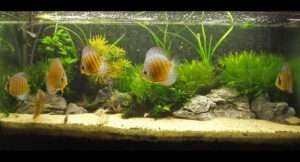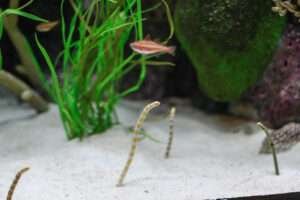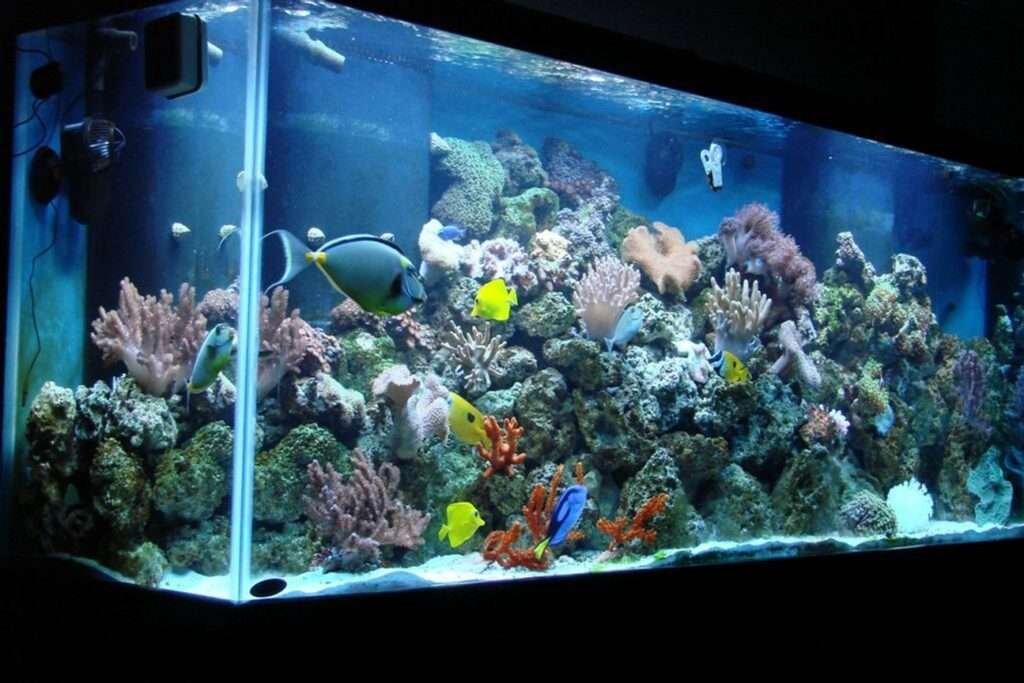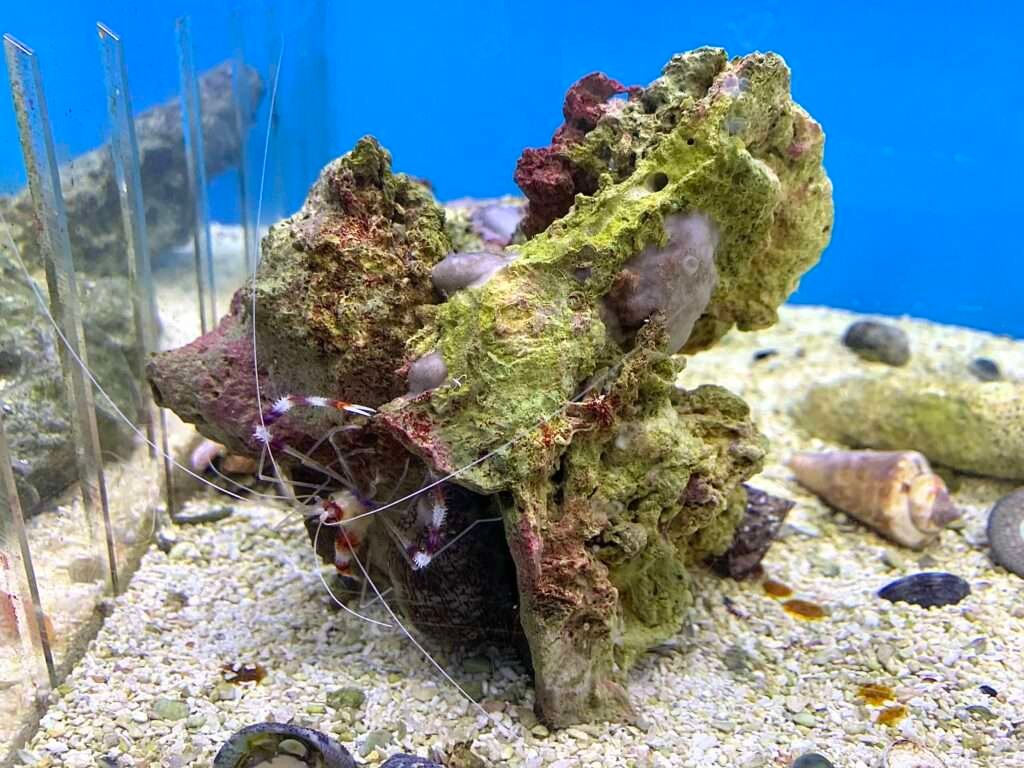Live sand for saltwater aquarium – what you need to know?
The aquarium hobby has evolved over the years to understand the interconnected nature of its components. Just like in natural
ecosystems, the organic and inorganic aspects of the aquarium environment provide significant benefits that are more than just the sum of their parts. Live sand is an excellent example of how this approach can help keep your reef aquarium healthy in the long run.
What is live sand
Live sand is a type of substrate specifically designed for aquariums. It contains a variety of microorganisms and other marine life, such as worms, plankton, and crustaceans. These organisms are essential for maintaining a healthy aquarium environment and breaking down organic waste and harmful chemicals. Live sand can be purchased from aquarium stores or cultivated in your tank over time.
What kind of sand is safe for use in a reef tank?
When it comes to choosing sand for your saltwater aquarium or reef tank, aragonite is the go-to option. This mineral, based on calcium carbonate, is not only the building block of coral skeletons but also the natural sand found at the bottom of the sea. Its safety and reliability have been proven over many years of successful use in aquariums. Different types of aragonite, distinguished by grain size and appearance, offer a variety of options to suit your aesthetic preferences without compromising on the health and safety of your tank.
While aragonite is the most common type of sand used, other options like Hawaiian Black Sand offer unique benefits. It has a distinct appearance in the tank, adding a touch of uniqueness to your aquarium. However, it’s important to note that the sand grains are sharp and may not be suitable for sand-dwelling or sifting animals. Additionally, it often contains magnetic particles that can stick to algae magnets and pump impellers. This comparison can help you make an informed decision about the type of sand that best suits your aquarium’s needs.
What is the BEST substrate for a reef tank?
The answer to the question of which sand is best for a reef aquarium can be subjective, but one sand has proven to be the most popular for a few reasons. Caribsea Special Grade Reef Sand has a uniform appearance with a grain size that is easy to keep clean and won’t be easily kicked up by pumps and strong currents in the display. Additionally, it is suitable for various sand-dwelling animals that we keep inside reef aquariums.
The second most popular sand is the Caribsea Fiji-Pink, which has a slightly smaller grain size and creates a more sandy appearance in the tank. Some aquarists find this more desirable. However, the downside is that this fine grain size is more easily stirred up by pumps and can be more challenging to siphon clean without removing sand.
Do all saltwater aquariums need to have sand?
Live sand is not mandatory for saltwater tanks but is highly recommended for most. Keeping a bare-bottom tank (an aquarium without substrate) is beneficial for SPS-dominant reef aquariums as it allows you to increase water flow without stirring up the sand or moving it around the tank. You can also easily remove collections of detritus and leftover food from the bottom of the tank without siphoning through the sand. However, most saltwater aquarium owners would benefit from keeping sand in the aquarium. Live sand is aesthetically pleasing, creates a natural composition, provides critical habitat for fish and invertebrates, supports beneficial bacteria and the resulting microbiome that is fundamental to the stability of your tank, quickens cycle times and improves stability.
Should I use Live or Dry sand for my new aquarium?
Live sand is damp and contains helpful bacteria that assist in establishing a stable cycle in a new aquarium. It is highly recommended if you plan to use dry rock. Dry sand will eventually become alive in your tank, but it will take time. Using established live rock that already contains beneficial bacteria is only recommended. The main idea here is that beneficial bacteria are crucial for the stability and improvement of the entire cycle process if you want to start your aquarium with either sand or rock (or both).
Conclusion
Live sand is attractive and provides instant benefits without significant drawbacks. However, it has an expiration date due to living organisms within it. Most live sandbags have a “best before” date printed on them, which should be followed when shopping for live sand. Let me know how your live sand adventure goes at Build Your Aquarium!




